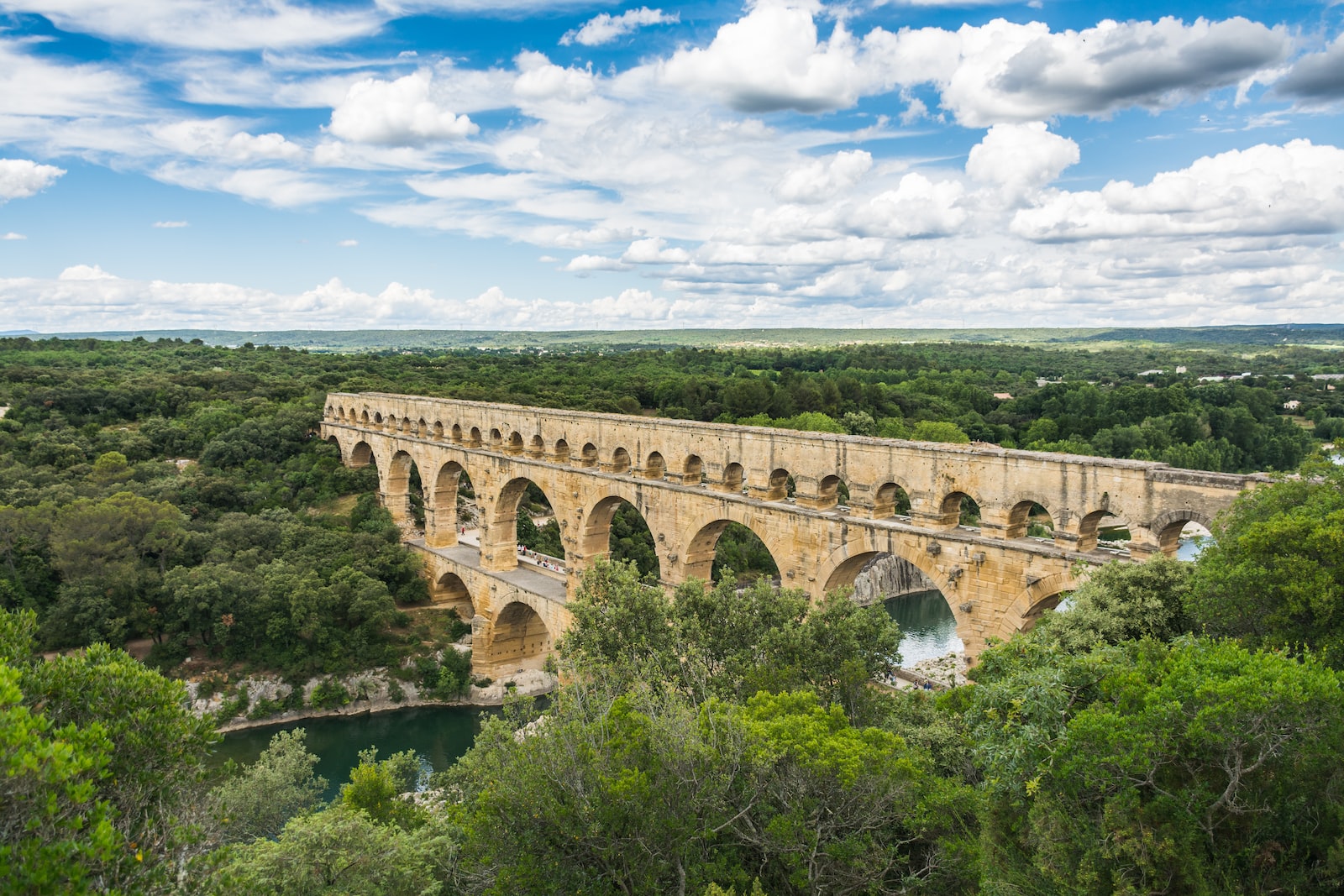The ” Unesco World Heritage ” designates the whole of the cultural and natural properties presenting an exceptional interest for the common heritage of the humanity.
At present, while waiting for the next session, there are 1,154 properties listed throughout the world, including 49 in France, which remains one of the leading countries in terms of listings. And in the batch, the Occitania region welcomes six sites widely appreciated by the visitors…
Episcopal City of Albi (2010)
The Episcopal City of Albi in the Tarn is a beautiful architectural ensemble, essentially medieval, marked by red brick. Located in the heart of the city, it has been listed as a world heritage site for a dozen years and allows you to discover the Cathedral, the Palais de la Berbie and the four old districts which surround it (Castelviel, Castelnau, Saint-Salvy, Combes) with their narrow streets and old houses.
As for Sainte-Cécile, it is a magnificent medieval fortress-like building that remains the essential element of the Episcopal City. Its interior, both architecturally and decoratively, is absolutely remarkable and requires a stop.
Canal du Midi (1996)
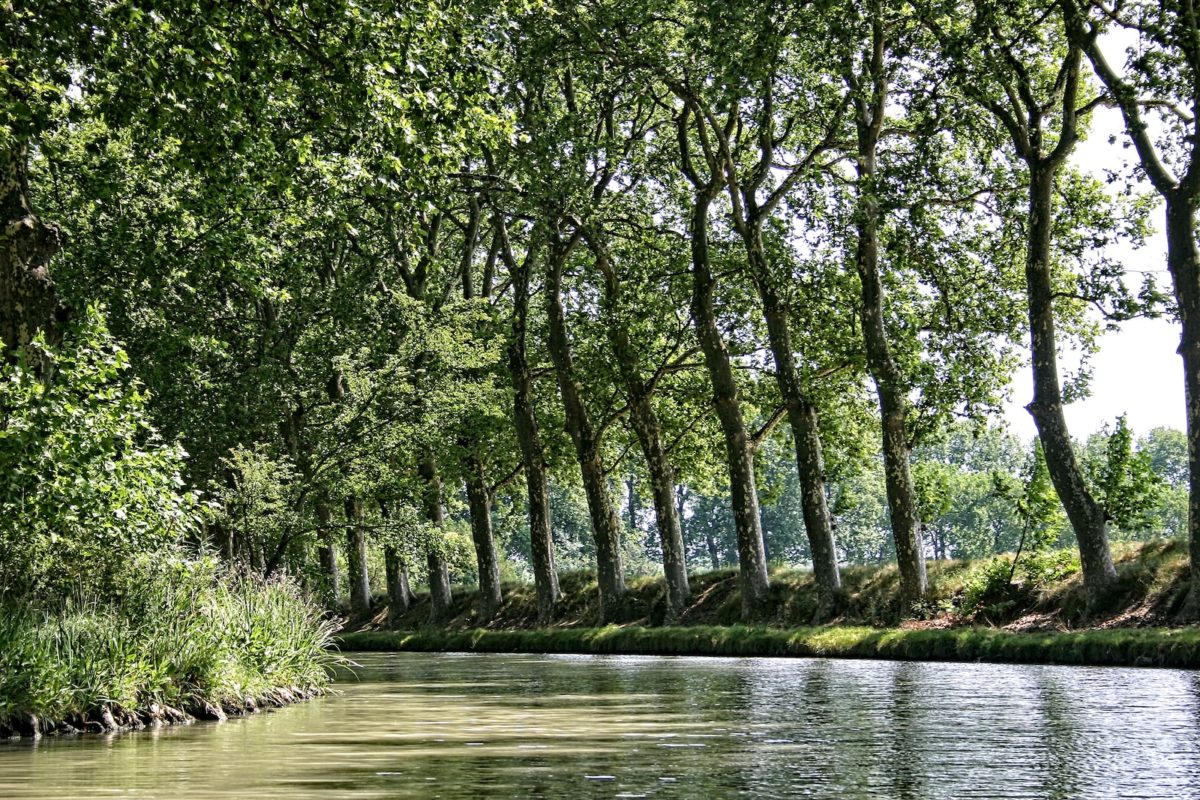
The Canal du Midi is a canal dug in the 17th century that connects the Mediterranean, from Sète, to Toulouse before continuing to the Atlantic and Bordeaux by another canal called the Canal de Garonne or Canal Latéral. It is 278 kilometers long and consists of 79 locks, 104 canal bridges and 2 tunnels.
For lovers of nature, tranquility, or even “slow tourism”, the Canal du Midi is a dream place. Its surroundings are designed from one end to the other, allowing walkers and cyclists, and even rollerbladers, to make superb strolls on one end or even, for the most motivated, the entire route.
And then of course, the Canal du Midi is obviously inseparable from these small unlicensed barges that you can rent and then let yourself go along the water at the rate of a few miles per hour.
City of Carcassonne (1997)
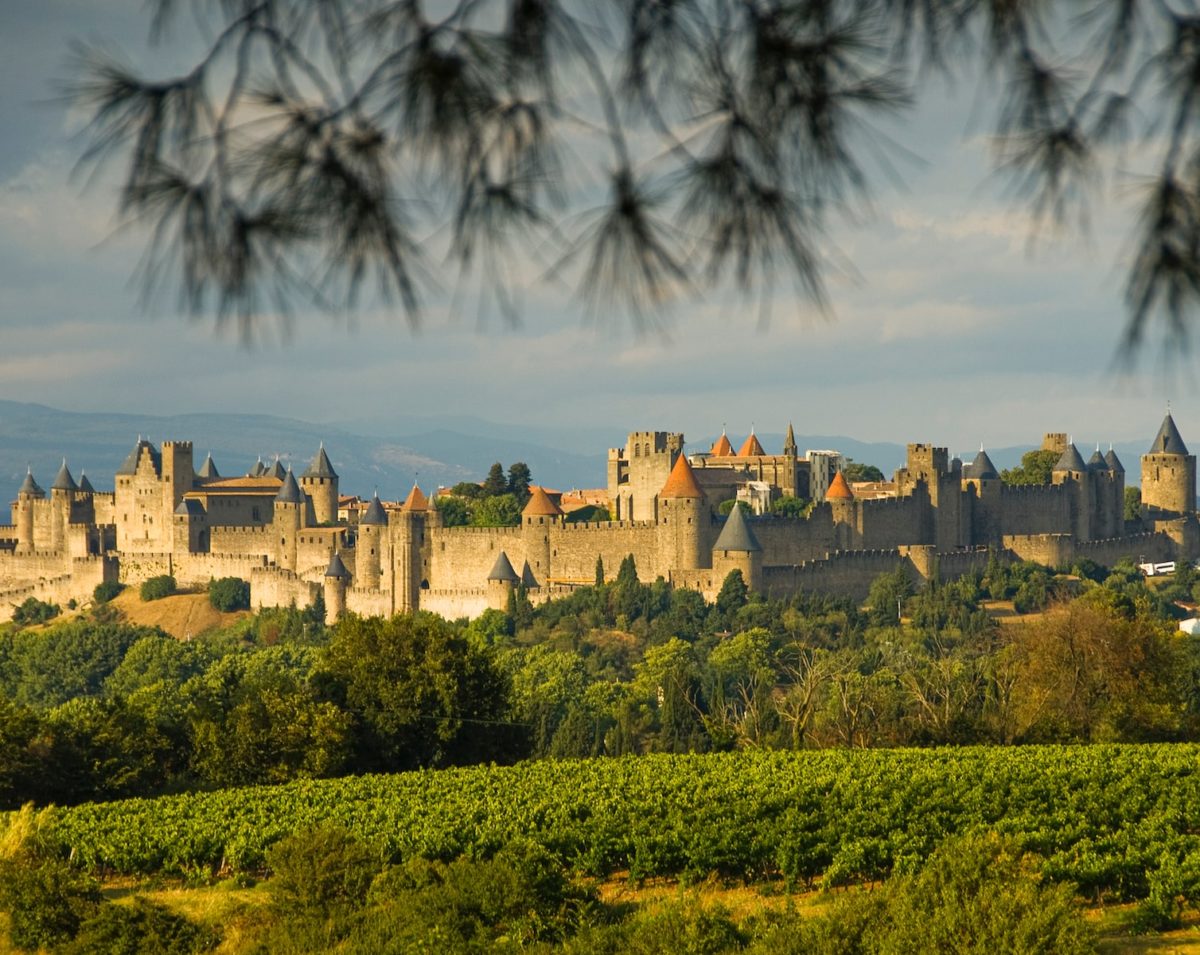
Carcassonne is a must for tourism in Occitania thanks of course to its famous fortified medieval city, the largest in Europe, overlooking the city from the right bank of the Aude.
Internationally renowned, it is recognizable with its double enclosure of 3 kilometers which forms its defense system, its walkways, its doors and its 52 towers.
Inside, the Château comtal and the Basilica of Saint-Nazaire are the two main buildings that add to the maze of alleys and old houses that also make the charm of the place.
Causses and Cevennes (2011)
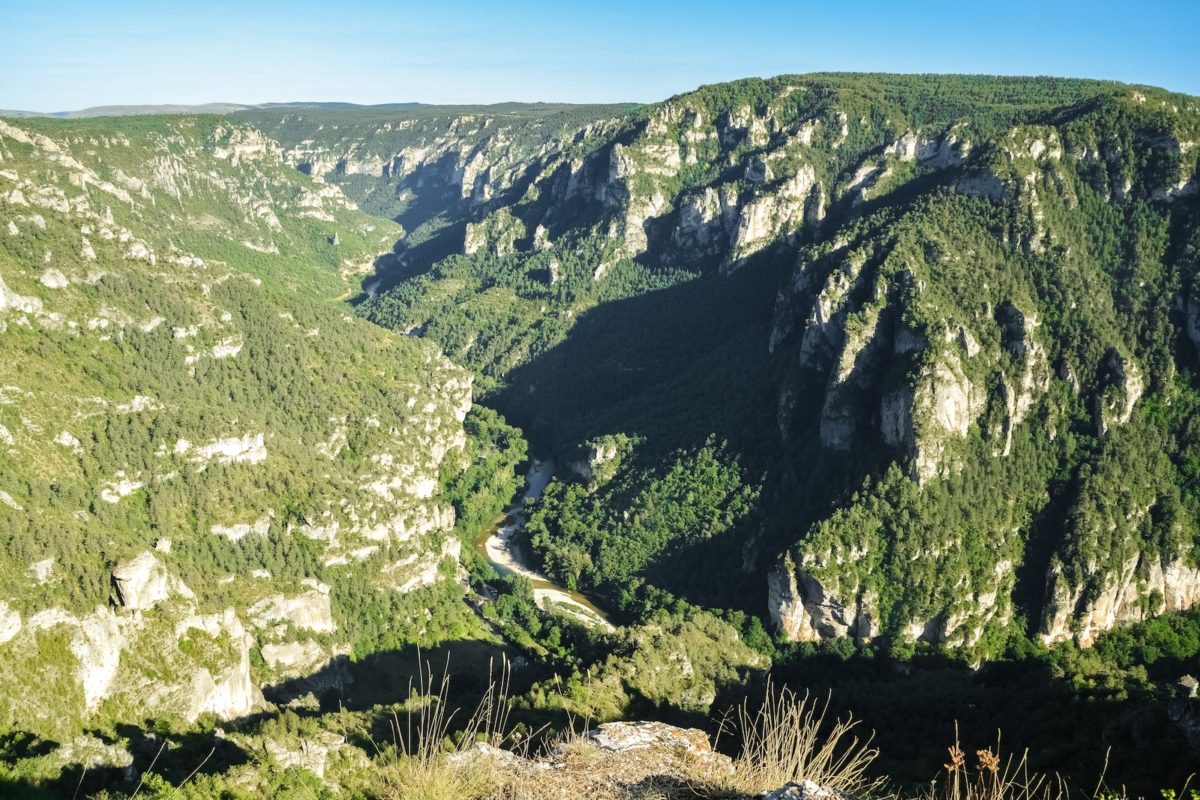
Here are two natural sites in the departments of Aveyron, Gard and Lozère (the Grands Causses and the Cevennes Park) united under the label “Causses and Cevennes”.
Both are classified as World Heritage by UNESCO for their environment and their tradition of Mediterranean agro-pastoralism. They offer a beautiful landscape of limestone plateaus as in the Larzac and other causses, gorges and valleys that can be discovered by hiking.
Massif du mont Perdu (1997)
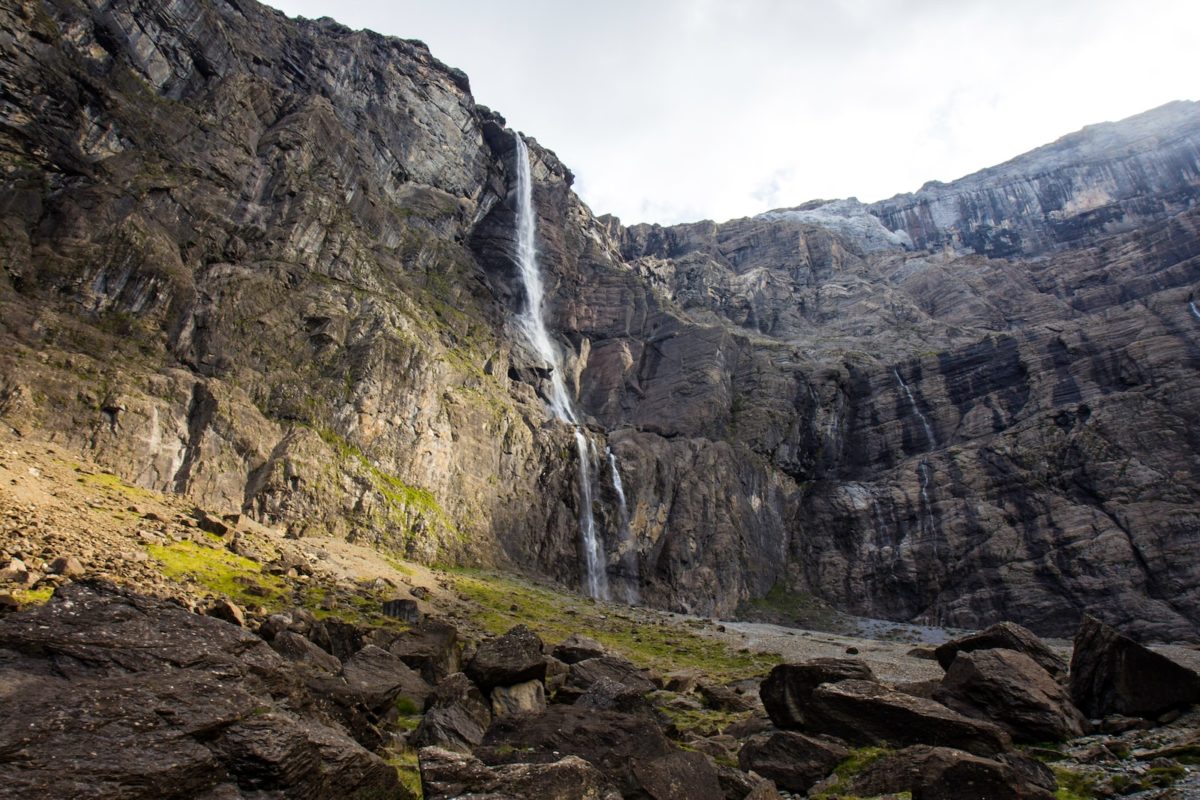
This French-Spanish Pyrenean massif, between Hautes-Pyrénées and Aragon, is essentially made up of the Gavarnie, Estaubé and Troumousse cirques. It is classified by Unesco for its remarkable natural heritage.
A real paradise for outdoor enthusiasts, you can practice hiking but also tackle the many peaks of over 3,000 meters that dot the area.
Pont du Gard (1985)
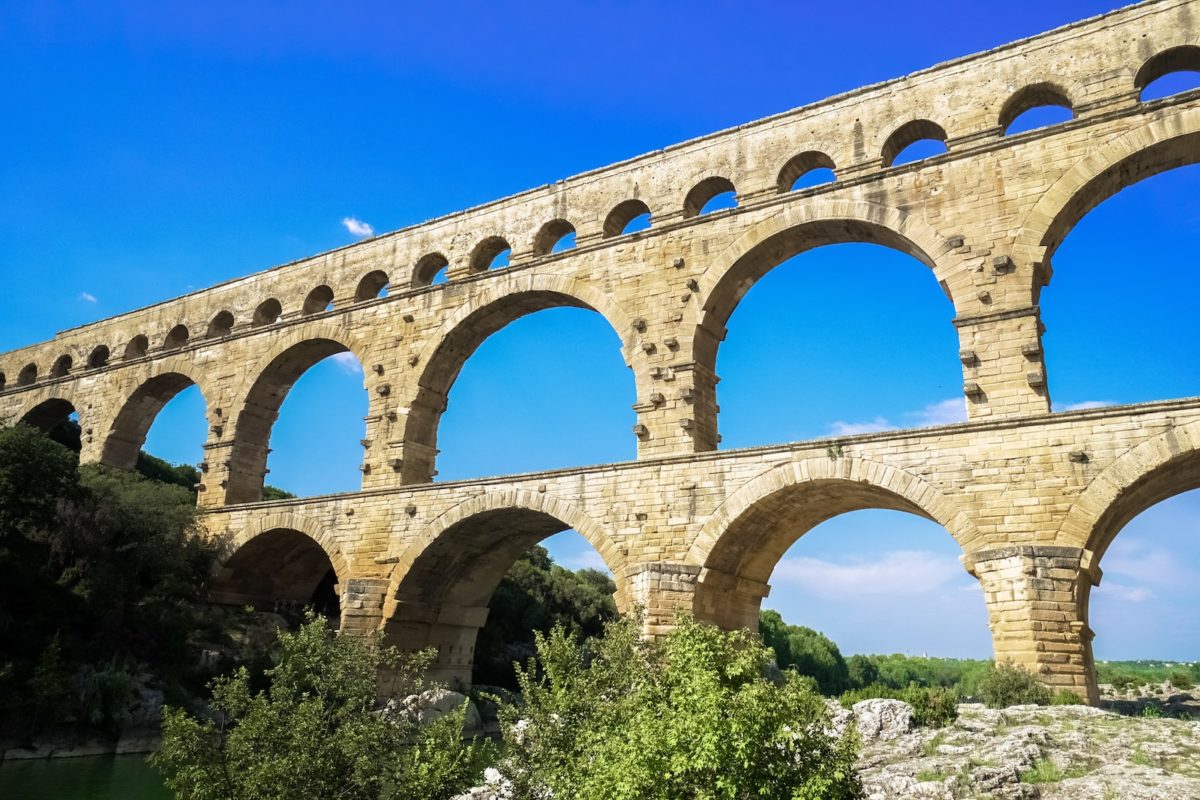
This imposing Roman aqueduct is a well-known image of France abroad and above all an obligatory tourist attraction in the Nîmes region.
The aqueduct built on three levels dominates the river Gardon from a height of almost 50 meters when you are on its third floor. Its actual length is 275 meters.
The site of the Pont du Gard is really grandiose. In addition to appreciating the spectacle, you can climb the aqueduct itself, swim in the Gardon, or even kayak, discover the museum and the cinema dedicated to the site, see the temporary exhibitions, as well as access the open-air trail “Mémoires de Garrigue” which will take you on a journey through the history of the Mediterranean landscape, the local soil and the remains of the Roman aqueduct. And then all around the possibilities of “general public” hikes are numerous…
